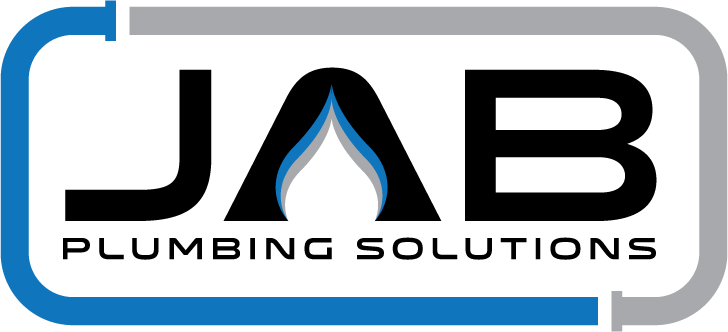Buying a home is perhaps the biggest investment an individual will make in their lifetime, so it’s common sense to check the property for any problems it may have before taking the plunge (no pun intended).
Functional plumbing is often coined as the lifeline of a household as it regulates the quality of water we use to cook with, bathe and clean with. It also removes waste from our home and offers protection against unwanted water sources including natural disasters. For this reason, poor plumbing is often a deal breaker when it comes to real estate selling and some agents deliberately withhold this information from potential buyers.
There are many ways for a defect to remain hidden, which is why we have compiled this checklist for you to equip yourself with valuable knowledge. Although not exhaustive and guidance from experienced inspectors is recommended, this checklist is a great start for you to survey possible plumbing issues when seeking a new abode.
Water Leakage
An obvious way of checking a home’s plumbing system is by looking for visible signs of water leakage. Primary locations include under the sinks, around toilets and tubs. Leaks in the house’s plumbing system will represent dampness, wet spots, discoloured areas and mould. Additionally, leaking pipes conventionally cause the material underneath sinks to peel.
Water Quality and Flow
Perhaps the simplest way to review the plumbing quality of a household is to turn on the tap. Let the water run for a few seconds and then turn it off. Was there any unusual colour, odor or flow? These are immediate markers of the efficacy of a plumbing system.
Colour
Water should be completely clear and free from any impurities. If it appears brownish or murky, it is generally an indication that pipes have been busted. The only way to resolve this issue is to replace the damaged pipe as cracked pipes that bring fresh water into the house also then bring dirt and other unwanted sediment.
Odour
Most water treatment plants in cities across the country use chlorine to disinfect the water, hence a hint of chlorine or bleach is acceptable. However, water should not have any strong, offensive odour.
Flow
Unless there is a problem, water flow should remain steady and smooth. Although lack of a steady stream is common in older homes, if you find water is trickling in a brand new house, the pipes may be broken or corroded.
Wobbly Toilets
If you sit on a toilet and it seems unstable or shaky, something is definitely ammis. When this happens, this could be a simple case of retightening the bolts on a loose seat or something more dire.
Wobbly toilets can actually point to a water leak that has effectively removed the wax seal from around the toilet. If you feel around the toilet with your foot and the ground feels soft rather than firm, there’s a good chance the toilet is leaking from the bottom and weakening the surrounding foundations.
Inspect the Tiling
Following on from above, if you detect loose tiles, curling vinyl or moisture seeping into the grout, there’s a high probability that water leakage is occurring from beneath the flooring.
Check outside to proof the inside
Finally, inspecting the house's surrounds can actually reveal tell-tale signs of plumbing faults.
Look around the front and backyard and observe if there are any puddles on the lawn or paving. If there are no possible sources of puddling close by, including things like water sprinklers, chances are something is wrong.
Unexplained wet patches in the garden are a clear indication of leaking pipes. A pipe could have burst, causing the water to form a puddle in the exact positioning of the pipe damage.
There are numerous factors that go into home-buying and stable plumbing should always be among them. Ensure that your soon-to-be home will bring no costly issues with this handy checklist. If you’ve realised after reading that some of these issues are apparent in your current home, book a service today!







